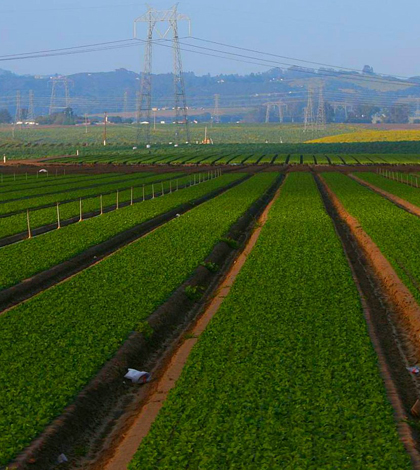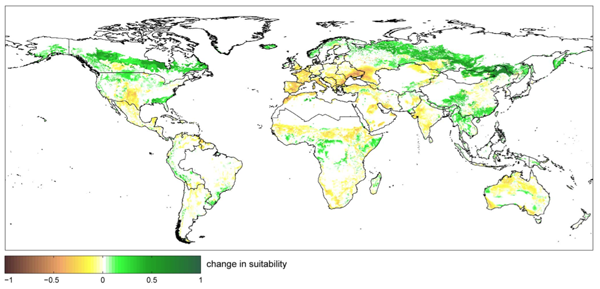Climate study: New arable land in the North, diminished harvests elsewhere possible

Agriculture in Monterey County (Credit: Richard Masoner, via Flickr)
Researchers at the Ludwig-Maximilians-Universität München say that climate change will create new agricultural land in the Northern hemisphere over the next century, while diminishing the agricultural capacity of certain other regions, such as the Mediterranean and tropical Central America. These predictions came from a new climate simulation study announced in a release from the university.
While approximately 80 million square kilometers of land — about half of the Earth’s land surface — is currently suitable for agriculture, one-third of that is under protection or heavily forested, and 91 percent of the remaining land is already being farmed. About 5 million square kilometers could open up for agriculture by 2100, but many fertile areas would lose their ability to produce multiple harvests per year.
Factors such as climate, soil, water quality and terrain are expected to change over the next century as CO2 emissions rise, potentially altering the growth capacity of the world’s 16 major food and energy crops, the simulation showed.

A summary map of teh projected gains and losses in farmable land (Credit: Dr. Florian Zabel, LMU)
Image: Agriculture in Monterey County (Credit: Richard Masoner, via Flickr)





0 comments